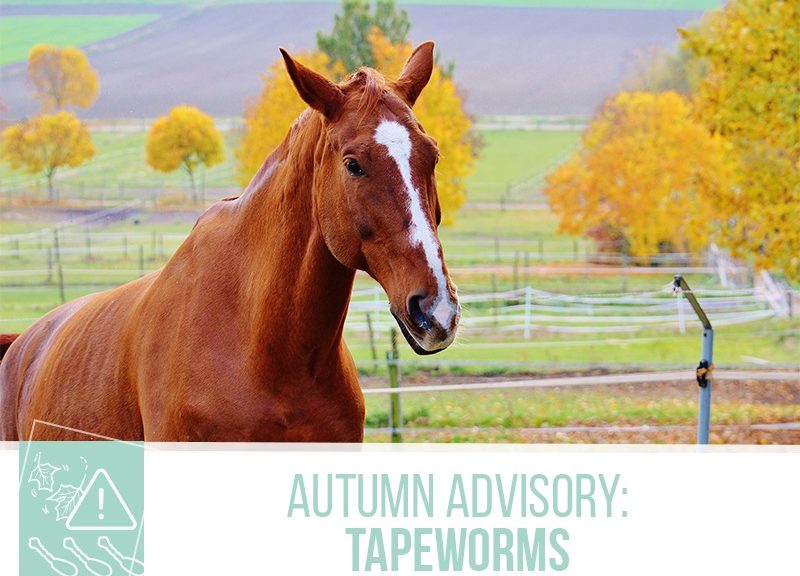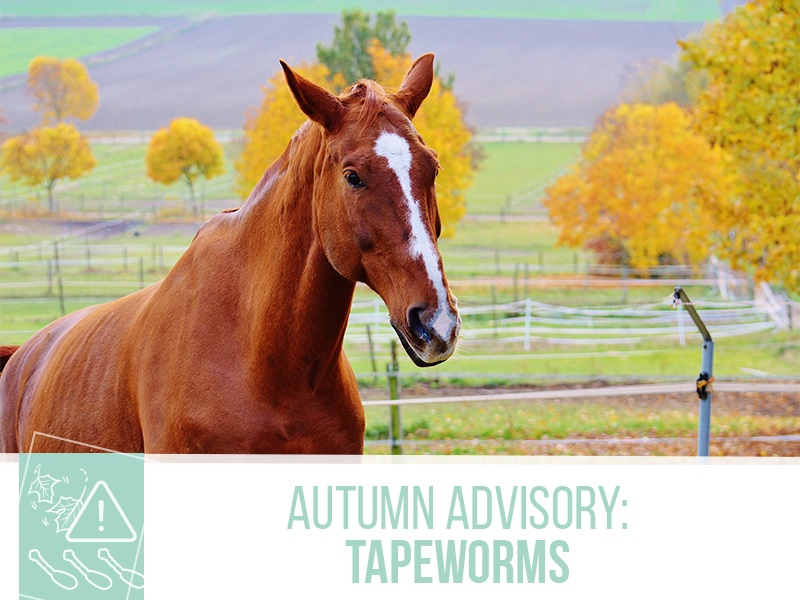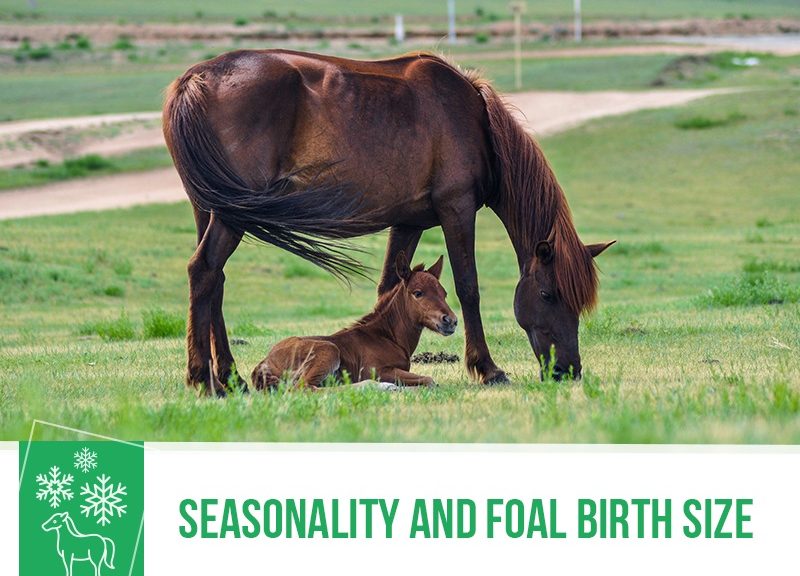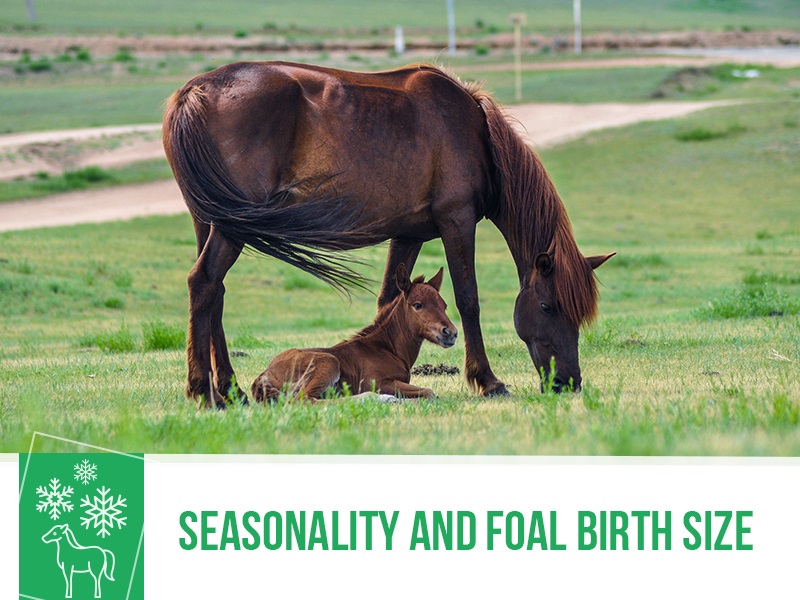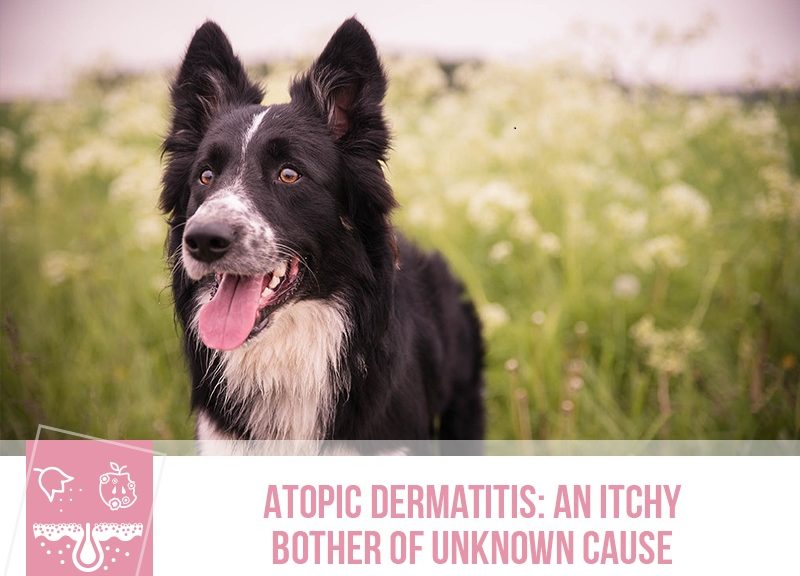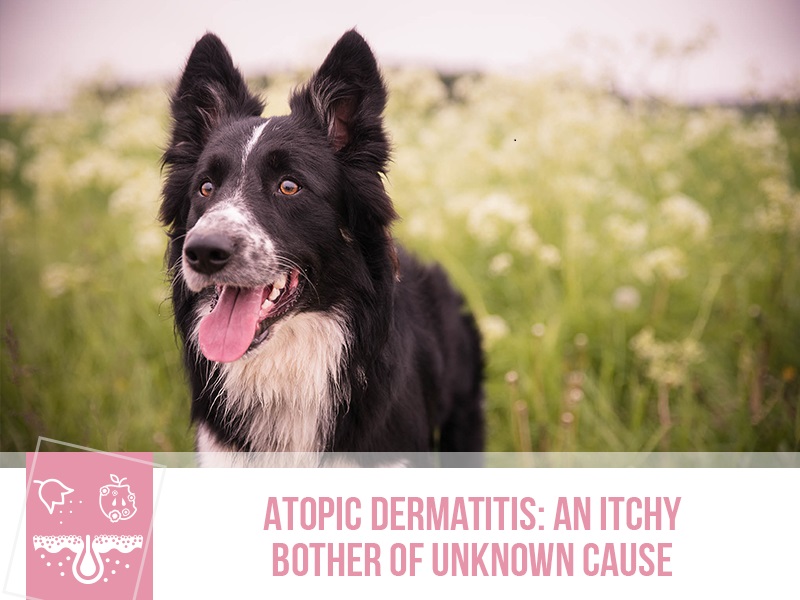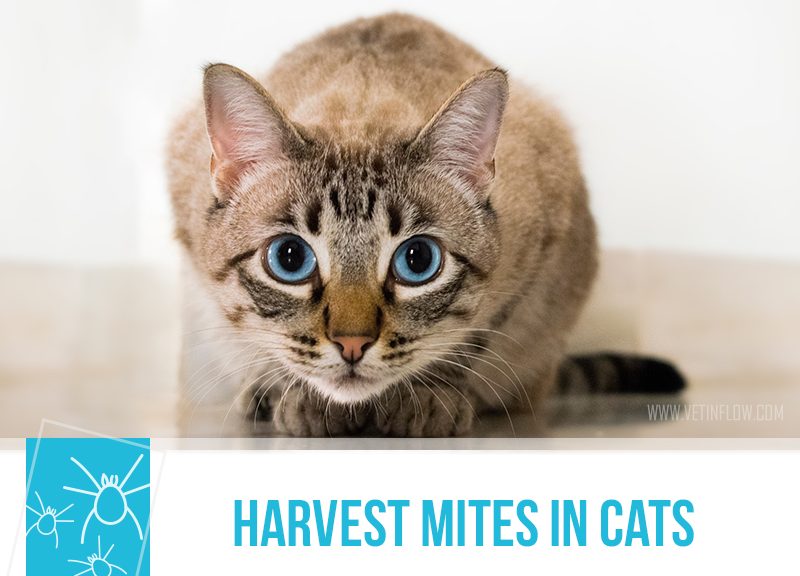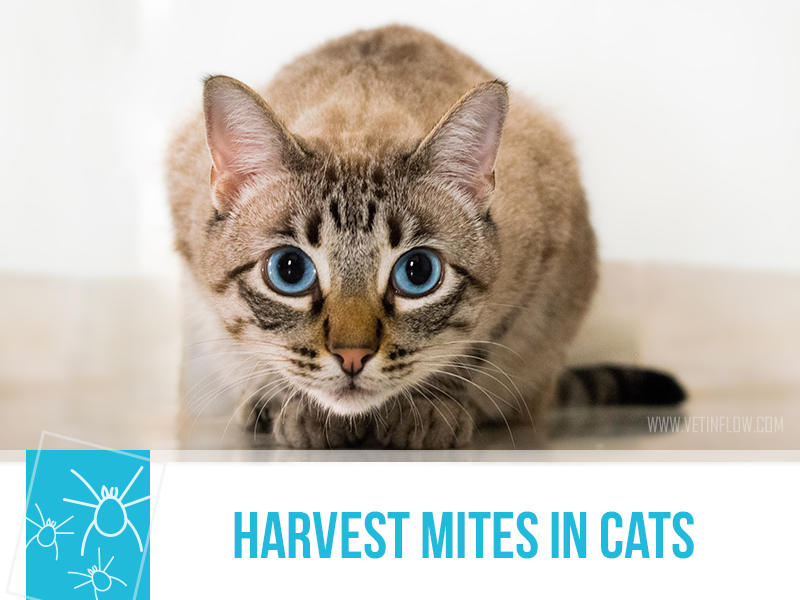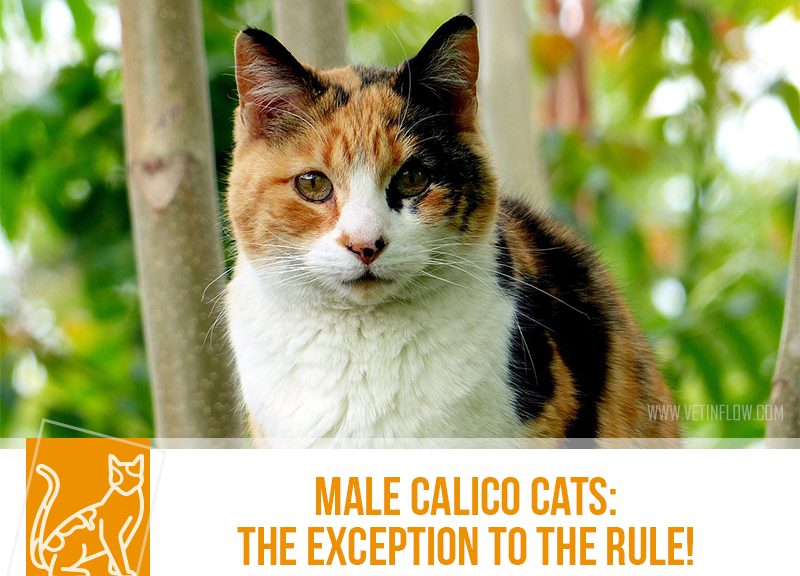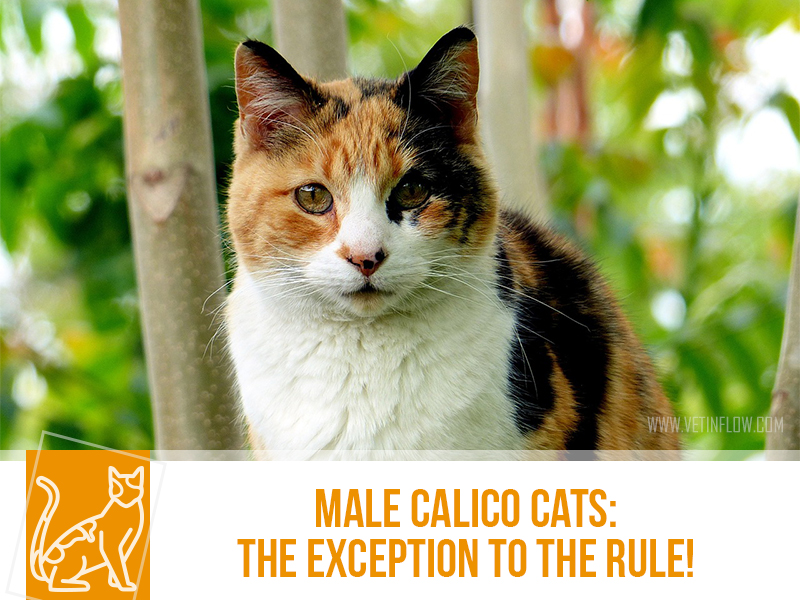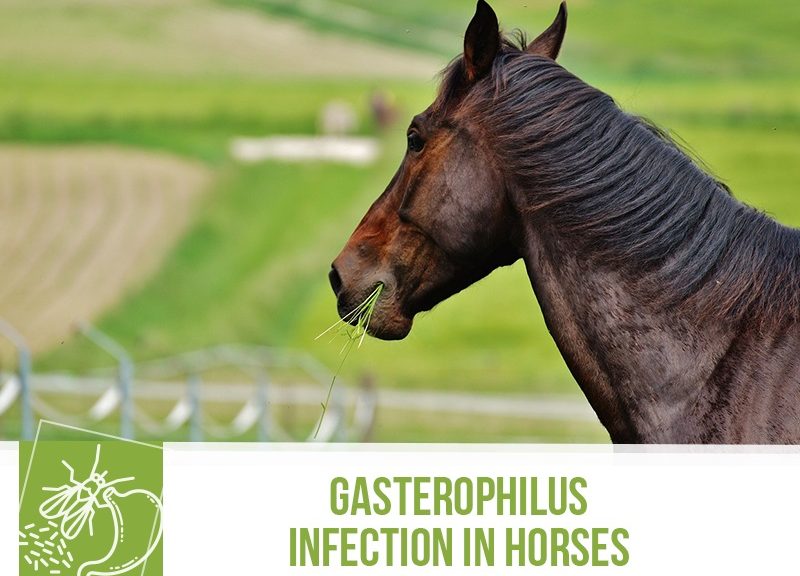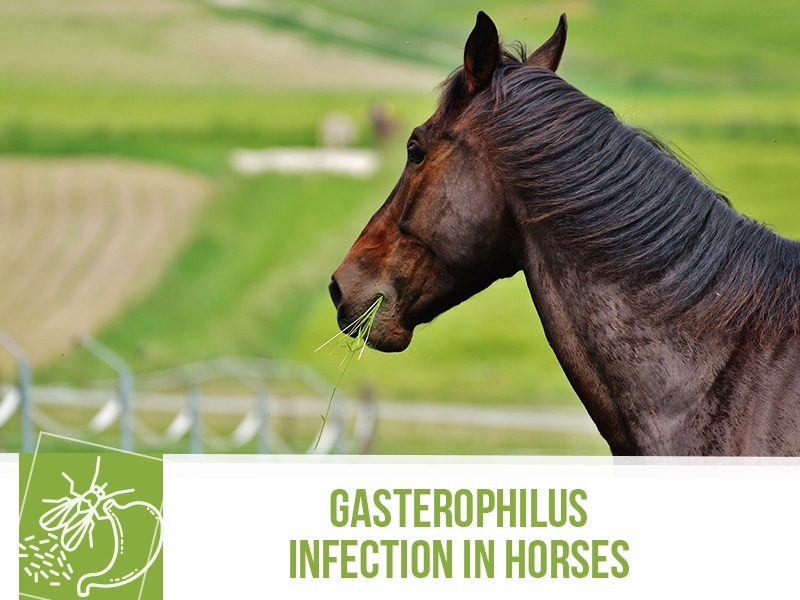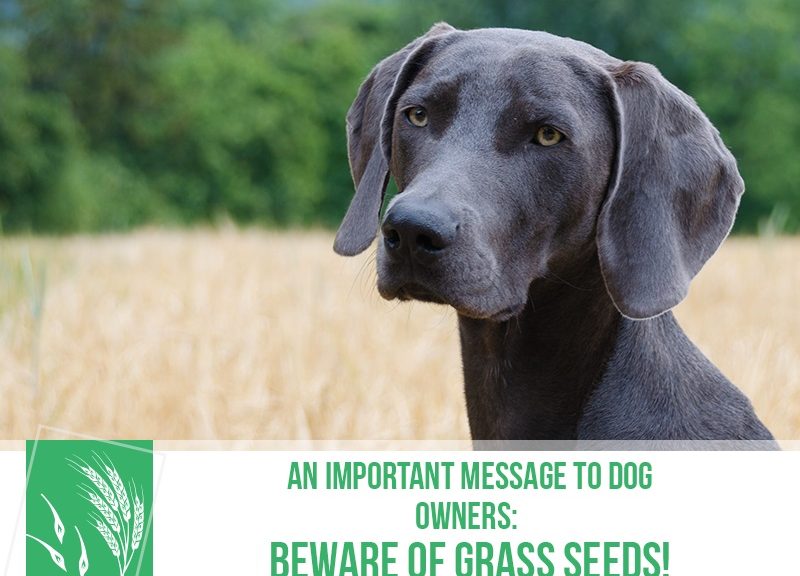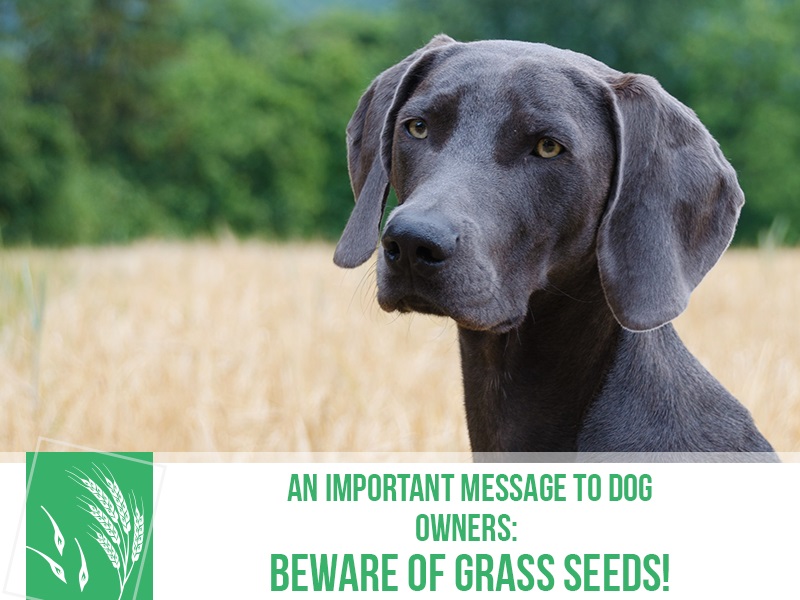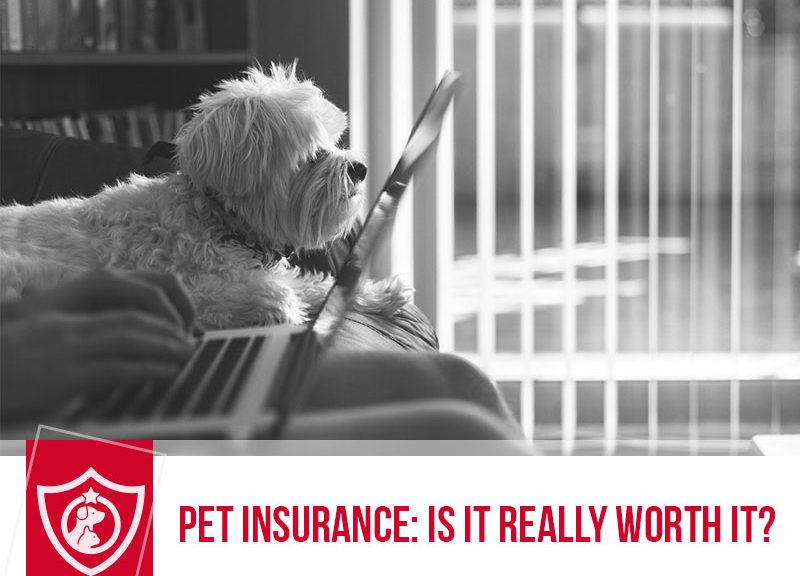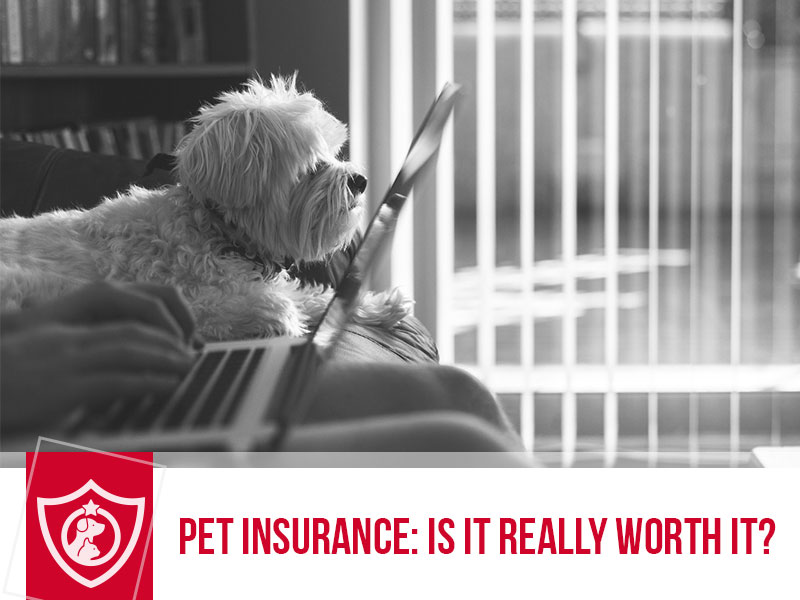As much as summer was sweet and warm, it’s time to cool into autumn! With the changing season and the coming rain, a whole novel palette of horse problem crops up.
One of the issues the coming season presents is tapeworms, flat and horrendously long parasites of our horse buddies that can potentially cause a whole host of issues.
There are several species involved and these vary mostly in size and location where they attach. However, the life cycle is the same – horses get infected by ingesting forage mites that carry the tapeworm, then these tapeworms grow into adults and shed segments with eggs in horse faeces that will infect other mites, starting the cycle all over again.
So, what’s the issue with these tapeworms and why are they so bad? Well, they will grow to huge sizes from 8 to 20 cm long (that’s way too much tapeworm) and they attach to the sensitive wall of the intestines. Added to that, there might be so many of them, that they start to cause problems!
Expect that there might be an increase in impaction colic, spasmodic colic, a part of the intestine getting stuck in another segment and losing blood flow, and even things like anemia, lack of growth and abscesses or infections at the attachment site of the worms.
Keep a tight ship on parasite prevention and monitoring with your horses, especially now during autumn and speak with your vet on how to best do this!
Would you like to know more about horses? Check our Equine Courses:
Equine courses
